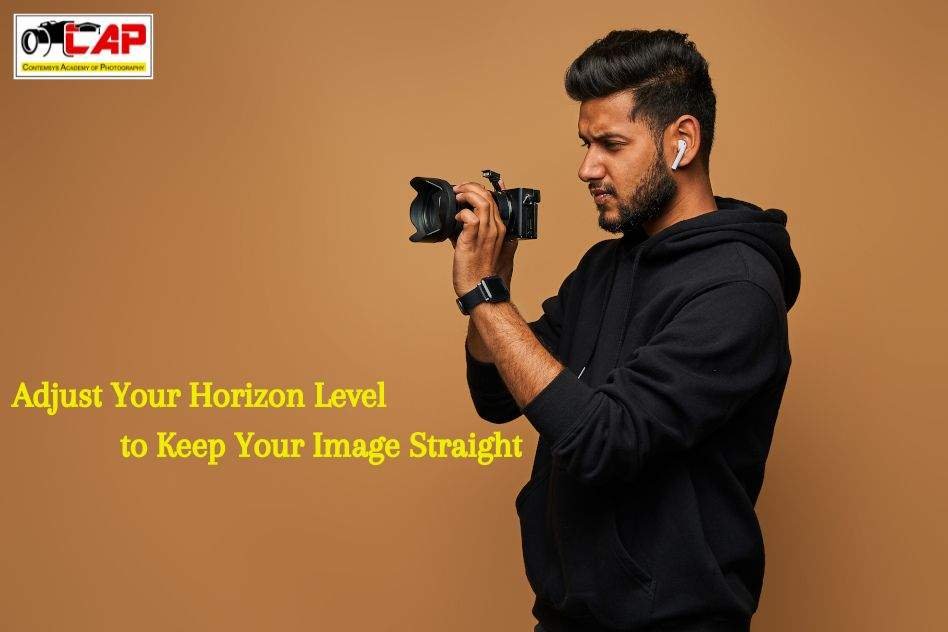CAP Academy is the biggest Kolkata photography institute that helps to elevate your photography skills to a new height. In several genres of photography, such as landscape, travel, and architecture, the horizon line is crucial. Even if your image lacks a true horizon line, viewers will frequently anticipate a line to appear straight since it runs through the image. In light of this, you may be shocked to learn that uneven lines pose a significant challenge for novice photographers (though they can also be a challenge for more experienced photographers). We frequently get so engrossed in our topics that we overlook whether the picture is skewed, but in reality, a tilt is frequently the first thing that others who aren’t photographers will notice when they view your shot.
In this blog, we will be discussing the steps to adjust the horizon level of your camera to keep your image straight. Let’s discuss things in detail.
Pay Attention
Surprisingly, all it takes to reach level vistas is to simply pay attention. Consider carefully how you want your composition to look before you snap the picture. Specifically, consider if the horizon is in the frame and whether it appears level. Although it may seem like common sense, developing this practice is essential.
The camera angle or the surrounding scenery can easily deceive our sight. You’ll already be headed in the direction of taking shots that appear more professional by recognizing the position of the horizon. You’ll be astounded at the impact that this little action will give you the best result in every circumstance. Join this fashion photography course in Kolkata that will help you stay calm and pay attention to capture images properly.
Enable Viewfinder Gridlines
You’re losing out on a useful tool if you’re not making use of the gridlines on your camera. The majority of contemporary cameras include the ability to show a grid overlay in the viewfinder. Usually, this grid creates a three-by-three matrix that splits the view into nine equal segments. And its purpose goes beyond aesthetics.
First of all, it’s a helpful compositional tool, particularly for subject alignment using the rule of thirds. But more crucially for our conversation, it’s a great tool for maintaining a level horizon. All you need to do to get a level shot is line up the horizon with one of the grid’s horizontal lines.
I’ve been using this method a lot in our CAP commercial photographer training in Kolkata, so it’s become second nature. It will become second nature to you to automatically align the gridlines with your horizon as you gaze through your viewfinder.
Use Your Electronic Level Feature
An electronic-level feature is a common feature of many modern mirrorless cameras. This can be made to show up on the LCD screen or in the electronic viewfinder. It’s a really easy and inexpensive approach to make sure your horizons are straight.
Since I find the electronic level to be a little distracting, I personally don’t usually keep it on. However, with my learning experience from my short term photography training college in Kolkata, I set up my shot, activated the electronic level, made the necessary adjustments, and then turned it off before taking the picture. It’s worth investigating if you’re unsure if your camera has this capability. It has the potential to greatly simplify the process of reaching level horizons.











